Fresh Cavendish Bananas
Fresh Cavendish bananas are the most common variety of bananas found in grocery stores around the world. Known for their distinctive yellow peel and sweet, creamy flesh, Cavendish bananas are a staple in many households due to their convenient size, portability, and mild, pleasant flavor.
Add to Wishlist
Add to Wishlist
Description
Key Characteristics:
- Appearance: Cavendish bananas are typically long and slightly curved, with a smooth, bright yellow peel when ripe. The peel may have small brown spots or freckles, which indicate ripeness and sweetness. When unripe, the peel is green, and the fruit is firmer and less sweet.
- Flesh: Inside, the banana has a soft, light yellow to off-white flesh with a creamy, smooth texture. It’s sweet with a mild flavor that is less tangy or starchy than unripe bananas, and slightly more sugary as it ripens.
- Taste & Texture: Fresh Cavendish bananas are known for their naturally sweet flavor, which intensifies as the banana ripens. The texture is smooth and soft, making it easy to eat raw or incorporate into various dishes. The flesh is also relatively firm when under-ripe, turning creamier and softer as it matures.
Ripening and Use:
- Ripening: Cavendish bananas typically ripen in 4–7 days at room temperature, turning from green to yellow, with small brown spots on the peel as they mature. The ripened fruit becomes sweeter and softer, which makes it ideal for snacking, baking, or adding to smoothies. Overripe bananas, with dark spots or fully brown peels, are great for making banana bread or pancakes.
- Uses:
- Raw: Fresh Cavendish bananas are often eaten as a quick snack, sliced into cereals, oatmeal, or yogurt, or used as a topping for toast or pancakes.
- Baking: Overripe bananas are frequently used in baking recipes, such as banana bread, muffins, or cakes, where their natural sweetness and moisture can enhance the flavor and texture.
- Smoothies: Bananas are a popular ingredient in smoothies for their natural sweetness and creamy texture. Frozen bananas, in particular, create a thick, ice cream-like consistency in smoothies.
- Frozen Treats: Frozen bananas can be blended to create a creamy, dairy-free “ice cream” or used in popsicles and desserts.
Nutritional Benefits:
- Rich in Potassium: Cavendish bananas are a good source of potassium, an essential mineral that helps regulate blood pressure, maintain heart health, and support muscle function.
- Vitamins & Fiber: Bananas also provide vitamin C, vitamin B6, and dietary fiber, which contribute to immune function, energy metabolism, and digestive health.
- Low in Fat: Naturally low in fat and cholesterol, bananas are a healthy, low-calorie snack option.
Storage:
- Room Temperature: Fresh Cavendish bananas should be stored at room temperature until they ripen. Once ripe, they can be refrigerated to slow further ripening, though the peel may darken in the fridge. The fruit inside remains firm and fresh.
- Freezing: Overripe bananas can be peeled and frozen for later use in smoothies, baking, or as a frozen treat.
Cavendish bananas are convenient, nutritious, and versatile, making them a favorite fruit for all ages. Their sweetness and soft texture make them easy to incorporate into both sweet and savory dishes, or simply enjoyed on their own.
Additional information
| Weight | 100 kg |
|---|


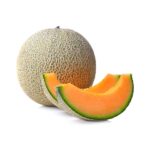
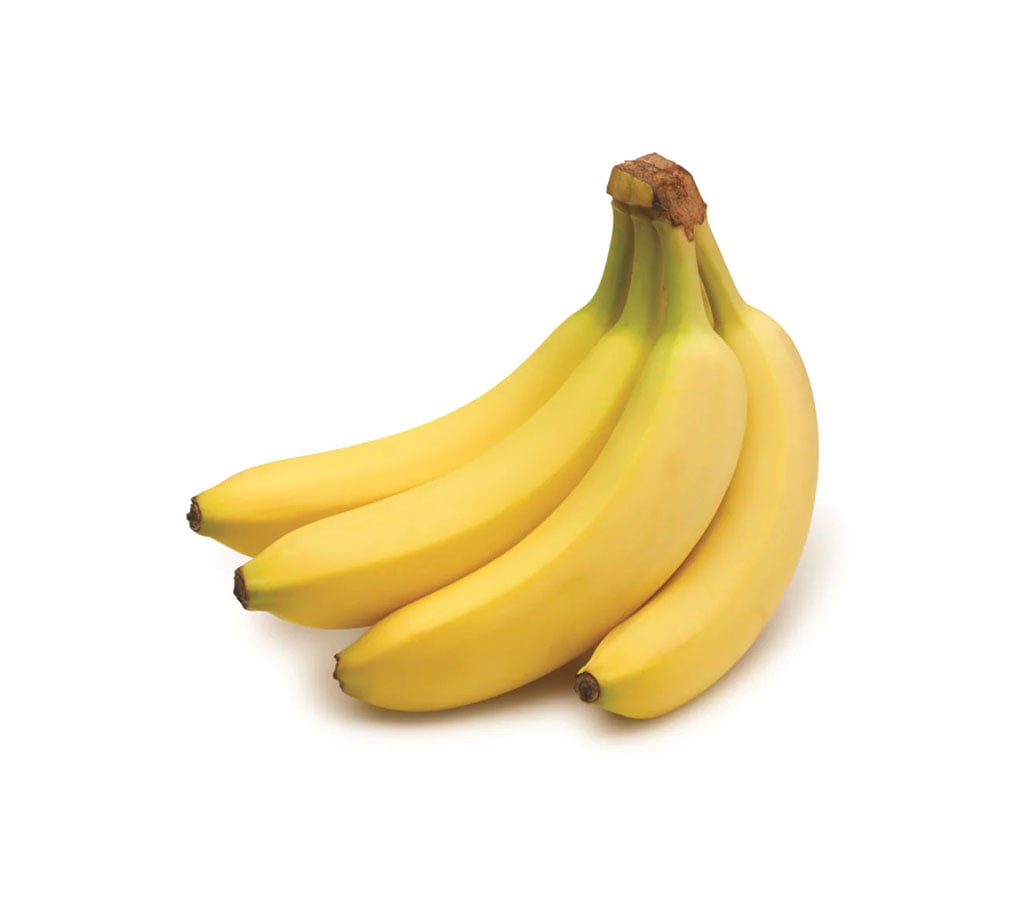
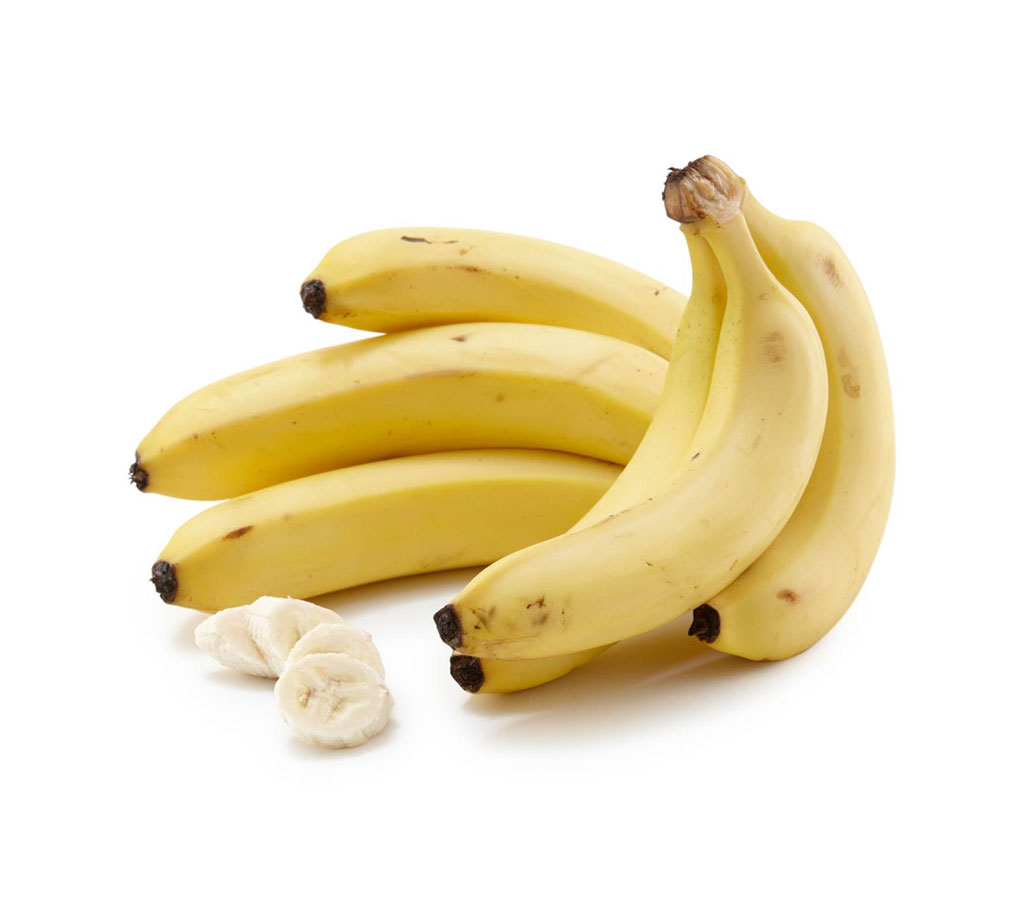


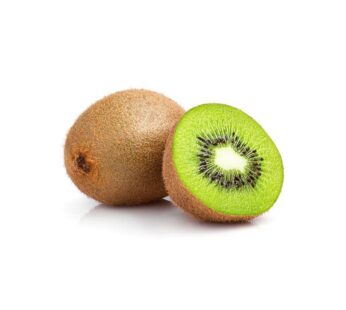
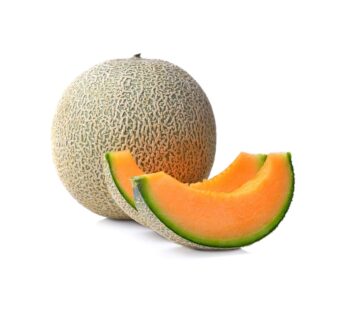
Reviews
There are no reviews yet.